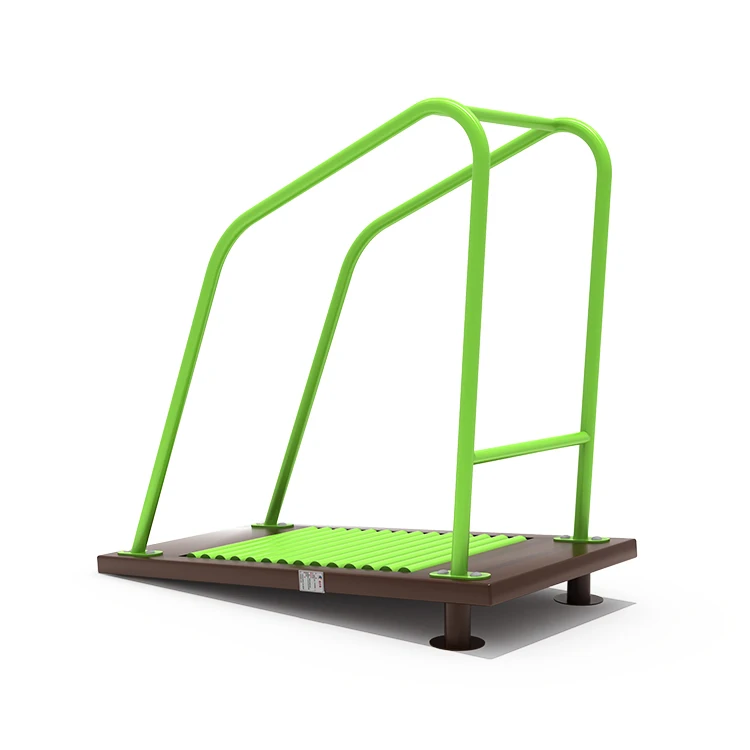Toronto built 16 large, heated, disability-friendly bus shelters in 2020, and is planning to build another 84 of them by 2024. Here’s what they look like:

These are great. But there still some challenges:
- In the City of Toronto (not counting the rest of the GTA) there are about 5500 bus shelters and more than 9000 bus stops, so building 100 heated ones by 2024 is not much
- Each of the 16 heated bus shelters cost more than $400,000 to build, not including the cost of heating. (Heated bus shelters could be built more cheaply than this, but they are still expensive. In Fort Mcmurray for example, heated bus shelters cost between $40,000-90,000 each, plus about 100$ per month to heat on average).
- At night, when the weather is coldest and the wait times between buses is longest, that is also when the bus shelter may be at its ‘sketchiest’, and some people may not always feel safe or comfortable waiting inside it
For these reasons, we need some additional ways to stay warm at bus stops in the winter. Here are five relatively simple (if silly) ways to accomplish this:
#1: Heated ‘arm’s length’ bus shelters
Bus apps – whether on your phone or on a display screen at the bus stop – make it possible for bus riders to wait indoors a short distance away from their bus stop, without needing a line of sight down the street to see the net bus approaching and without worrying that they will miss their bus. This could, in theory at least, allow a transit system like the TTC to rent part of an existing heated building to use as a heated bus shelter, rather than build heated bus shelters from scratch. This could also allow some bus stops to have bathrooms. Or, similarly, this could allow the TTC to build heated bus shelters as extensions to existing buildings, separated from the existing building by a wall (with or without a door connecting the bus stop to the rest of the building) and yet still able to share the existing buildings’ heating systems.
#2: Keep city sidewalks and crosswalks plowed and ice-free and well-lit and protected from cars
Today, again because of bus apps, it is easy to see if the next bus is not coming for a while. As a result, instead of waiting for your bus at a bus stop that has no shelter, you can choose to walk to the nearest bus stop that does have a shelter (maybe even a heated shelter) without worrying that your bus will pass you by on the way. Walking will also keep you warmer and busier than standing still. But, for older people especially, this is only possible in parts of the city where it is not difficult or dangerous to walk because of ice and snow and poorly designed intersections that favour automobiles over pedestrians.
#3: Bus Stop Treadmills

One of the easiest ways to stay warm outside is to not stand still. Cheap outdoor treadmills cost only about $100 each.

Of course, putting decent outdoor treadmills inside of a wind-sheltered bus stop during the winter like in the picture above would cost a lot more than $100, but I would really like to see it happen somewhere.
#4: Sun-facing secondary bus shelters
In the daytime, a bus shelter in the sun will be much warmer than a bus shelter in the shade. And (once again) because of bus apps, waiting in a sunny spot near your bus stop without having to worry that you will miss your bus may now be easier than it used to be. By adding extra bus shelters in sunny spots next to shady (i.e. north-facing) bus stops, or by adding crosswalks that make it easy to get from the sunny south-facing side of the street to the shady north-facing side, it could become easier to wait for a bus on a cold day.
#5: Subsidize battery-heated clothing for low-income transit users
Battery-heated clothing now works very well, is not dangerous, and is much more efficient than heating entire spaces, especially when the clothing that is being heated is well-insulated. It can also be more convenient than wearing a big Canada Goose-style jacket – especially if you are about to get on a crowded, warm bus – since it is not so bulky and you can turn the heat up and down to your liking. But good-quality heated clothing can be somewhat expensive, and people who regularly have to ride the bus on the coldest winter nights tend not to be wealthy. The TTC could perhaps provide subsidies for heated clothing, to people who are already part of its Fare Pass Discount Program.